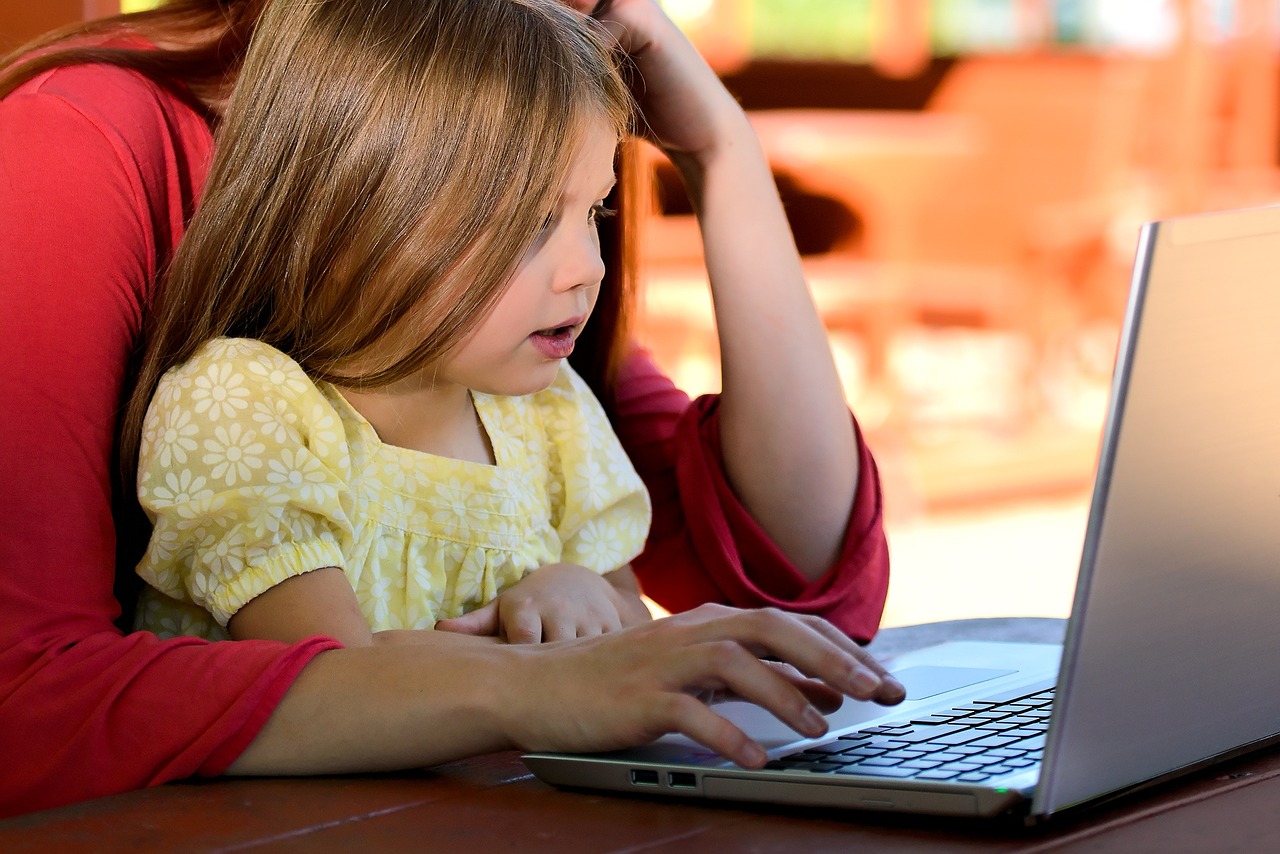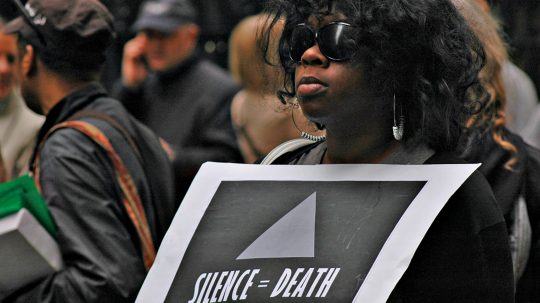The number of websites showing child abuse that have been identified and blocked has risen by more than a third, reaching record numbers, since last year.
The Internet Watch Foundation said that an improvement in blacklisting technology enabled them to ban over 100,000 webpages containing 345,961 images showing child sexual abuse in the last year.
The charity has built a filter for internet providers which detects and blocks images of abuse and records the digital fingerprint of the image.
The fingerprint is then shared with large tech companies such as Google to make sure the images are not re-uploaded.
A Long Way To Go

Credit: PXHere
It’s clear that this problem is far from being solved.
Susie Hargreaves, IWF chief executive
When the Internet Watch Foundation (IWF) was set up in 1996, 18 per cent of all child abuse images were being hosted in the UK. In 2018, that number dropped to 0.04 per cent.
Despite the drastic reduction in the number of abuse images coming from the UK, IWF chief executive Susie Hargreaves says there is still a long way to go until online abuse images are eradicated.
“Despite us removing more and more images than ever before, and despite creating and using some of the world’s leading technology, it’s clear that this problem is far from being solved,” Hargreaves said in a statement.
Although the number of blacklisted images has risen, the number of abuse images is also rising. The National Crime Agency received more than 82,000 referrals of child sex abuse images in 2017 – up 700 per cent from 2012.
Many of the images are being hosted in international countries, meaning it is more difficult to tackle.
The Netherlands is responsible for hosting 47 per cent of abuse imagery that was blocked in 2018. The US, Russia, and Slovenia each hosted 10 per cent of IWF blocked images.
Demand And Supply

Credit: Unsplash
With this continued demand for images of child rape, it’s a constant battle.
Susie Hargreaves, IWF chief executive
Hargreaves explained that until the demand for abuse imagery is wiped out, there will always be a problem.
“The cause of the problem is the demand. Unfortunately, and as the police tell us often, there are 100,000 people sitting in the UK right now demanding images of the abuse of children. With this continued demand for images of child rape, it’s a constant battle,” she said.
What Steps Are Being Taken?
Earlier this month, the government announced plans to fund an independent watchdog who will have the power to fine large companies such as Facebook, Instagram, Twitter, Google and others for hosting images of child abuse, self-harm, terrorism, and other harmful images.
The crackdown will also request “transparency” reports from tech companies outlining numbers on harmful content, and what the company has done to prevent it.
However, the plans have been delayed in the past and some critics believe it could take years to apply the strict regulations.







